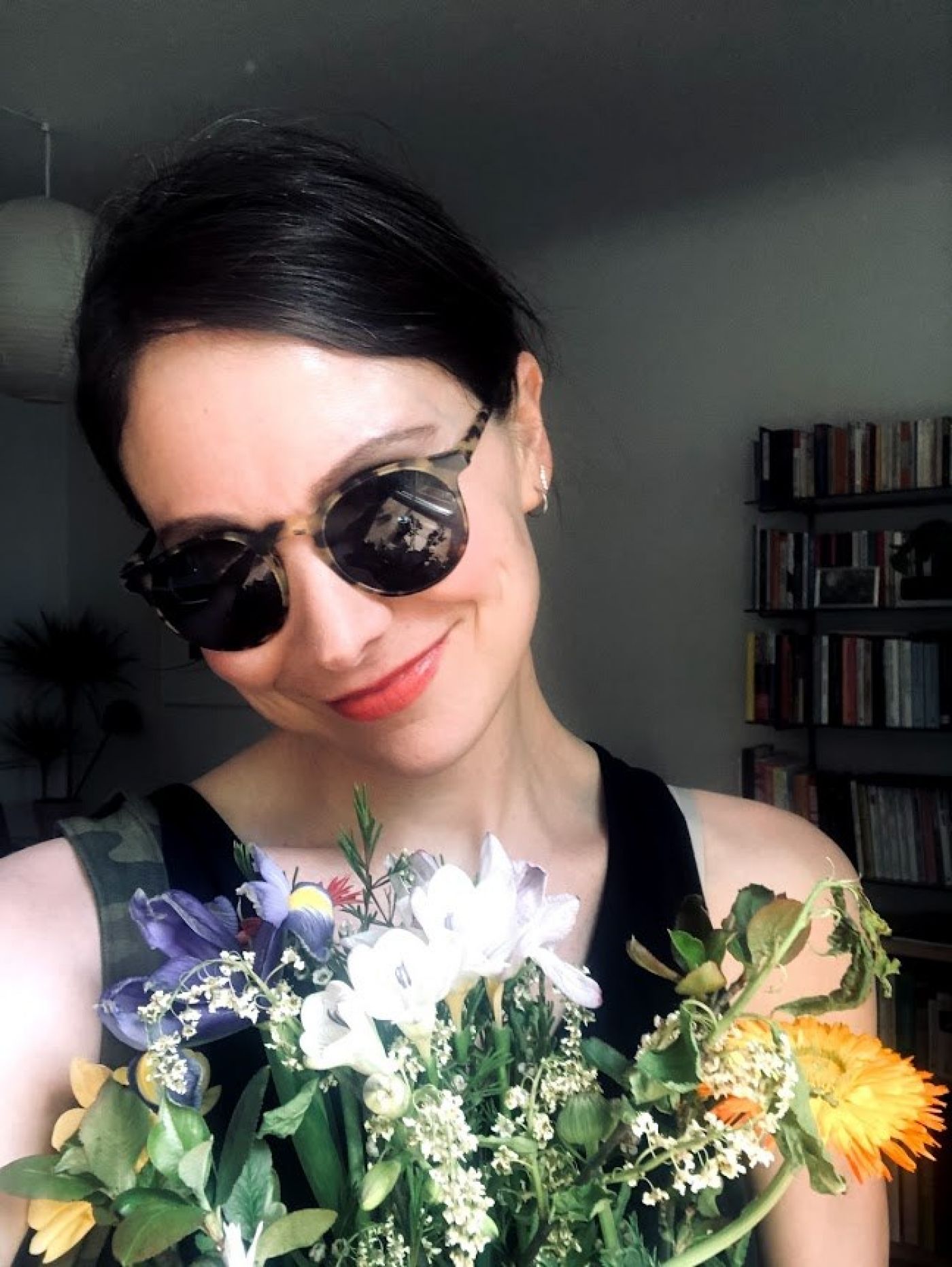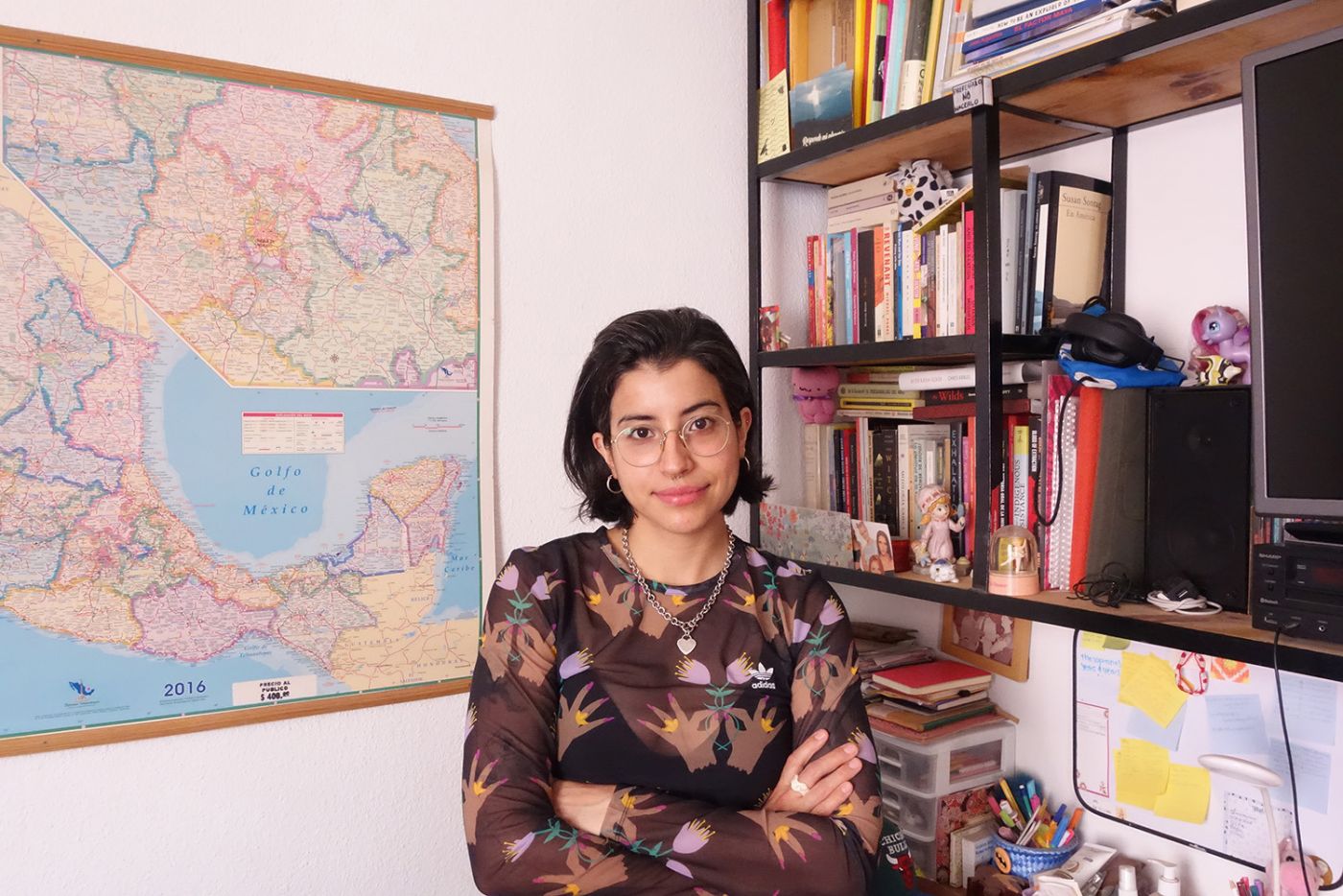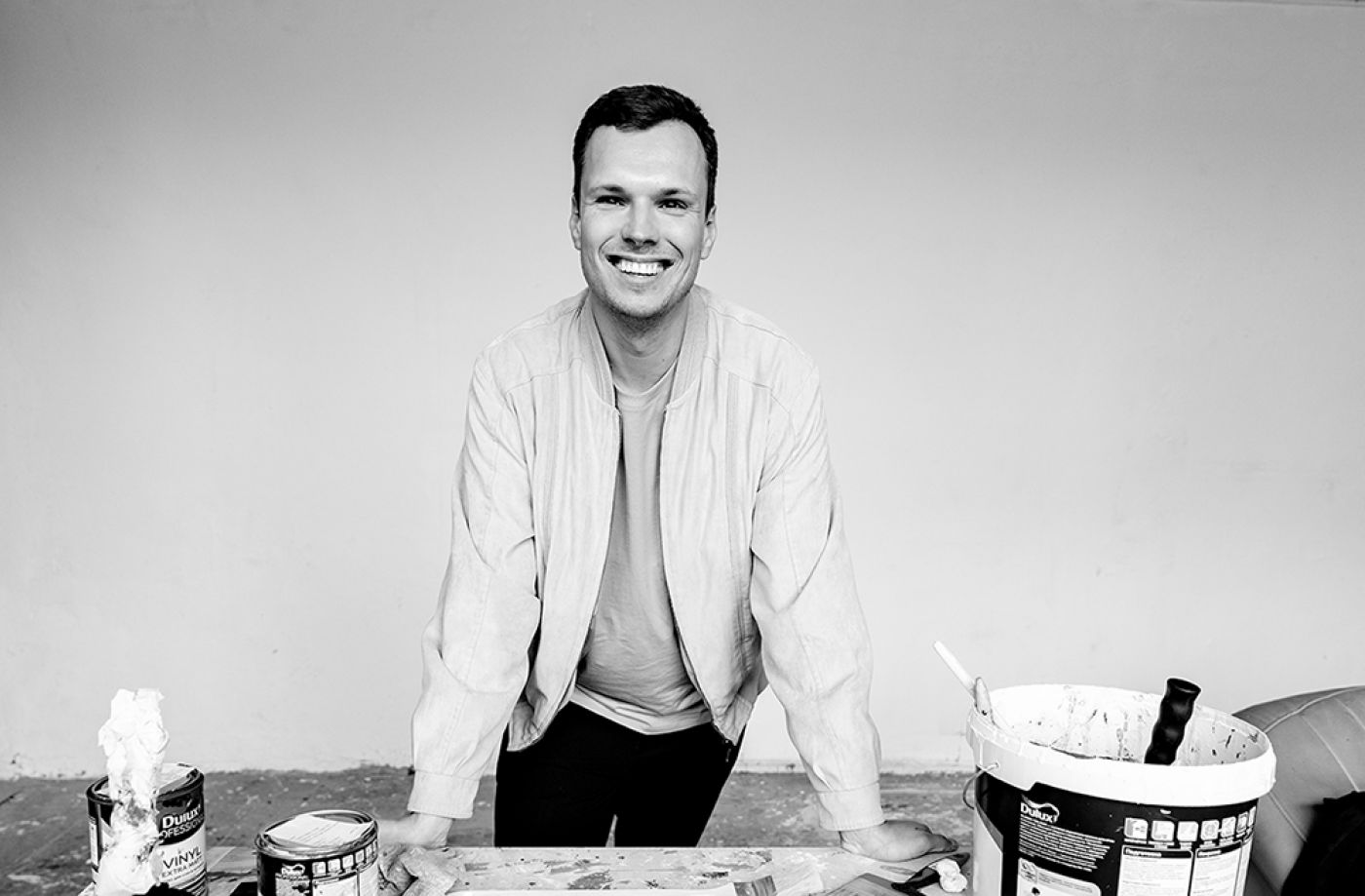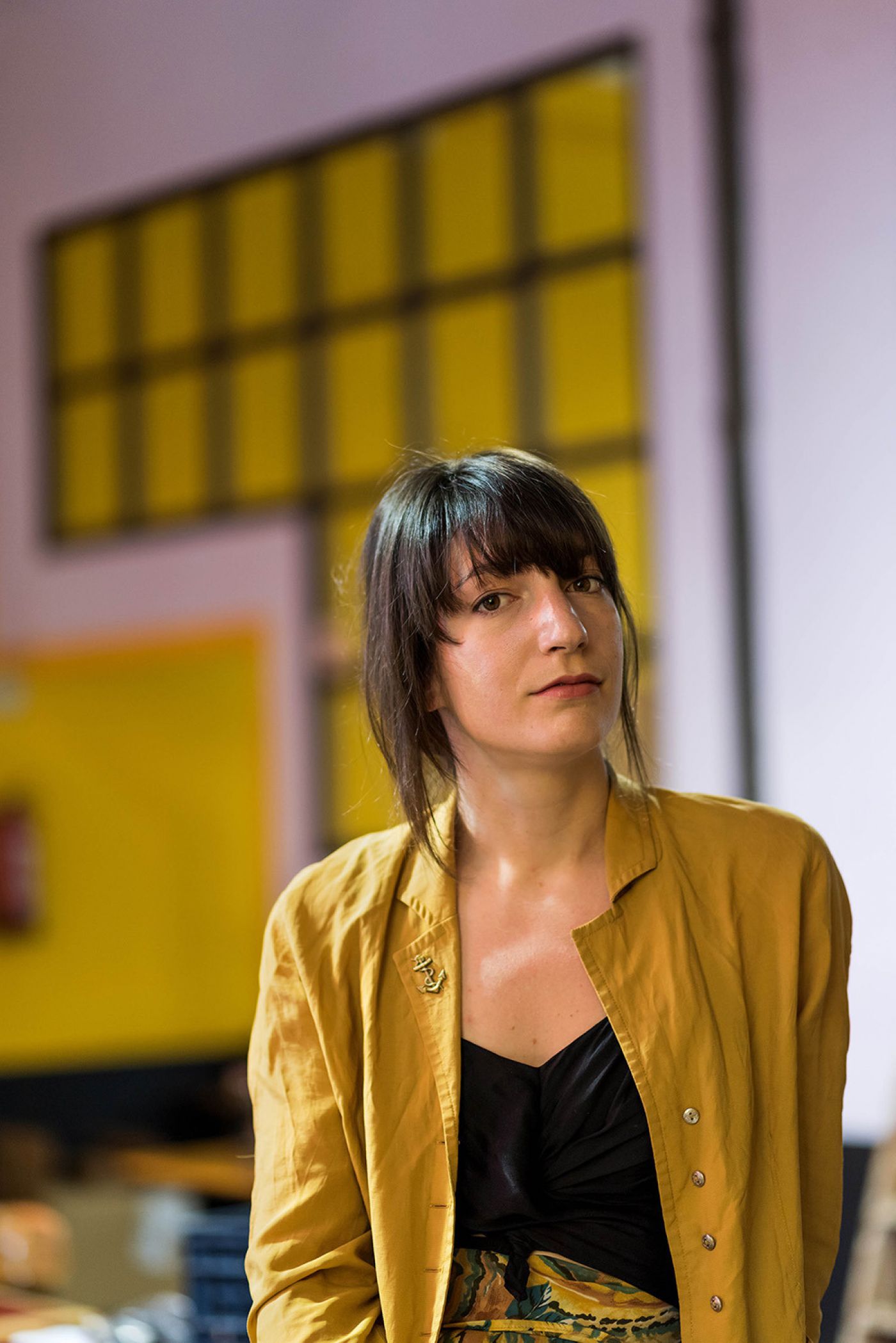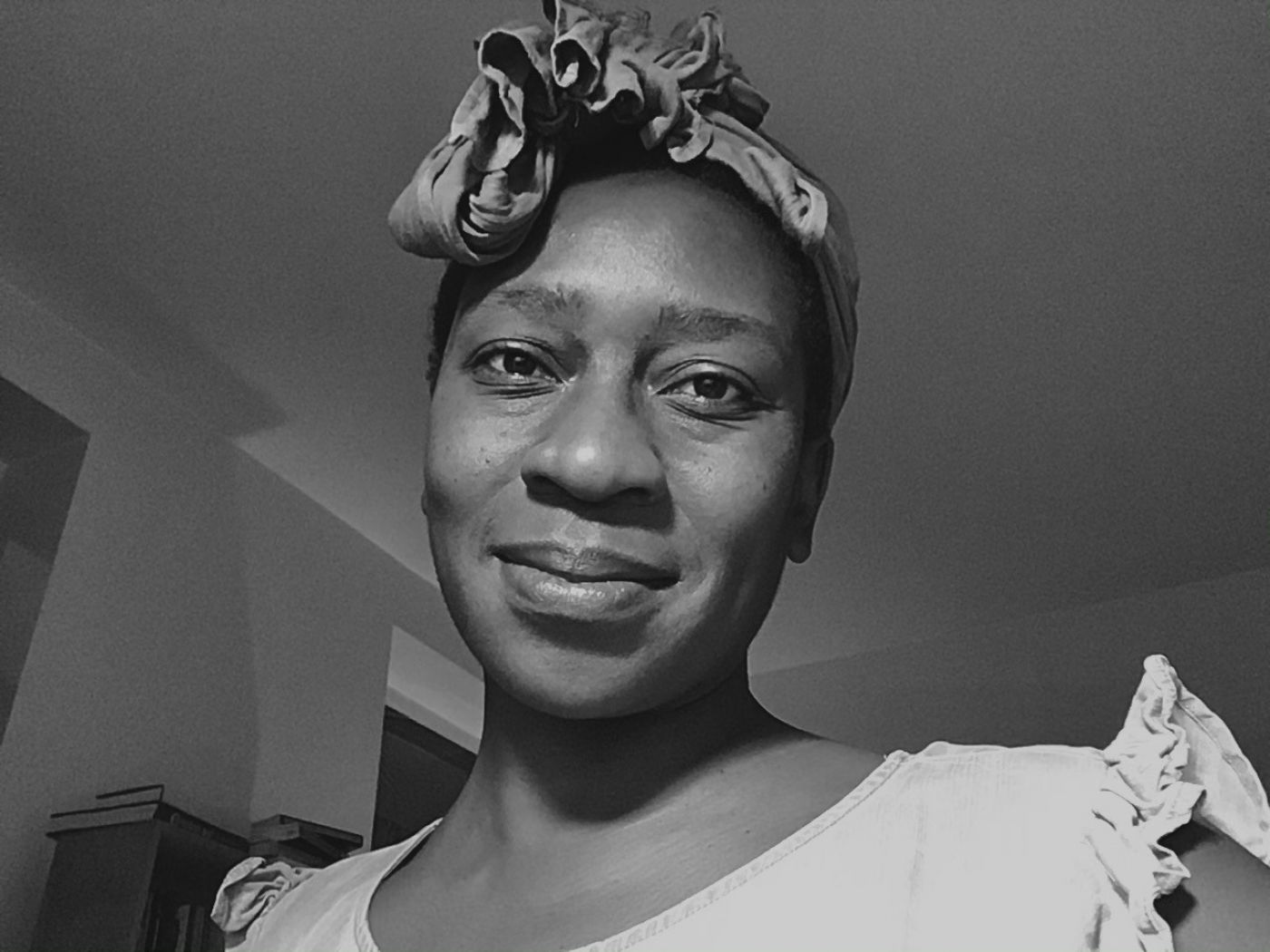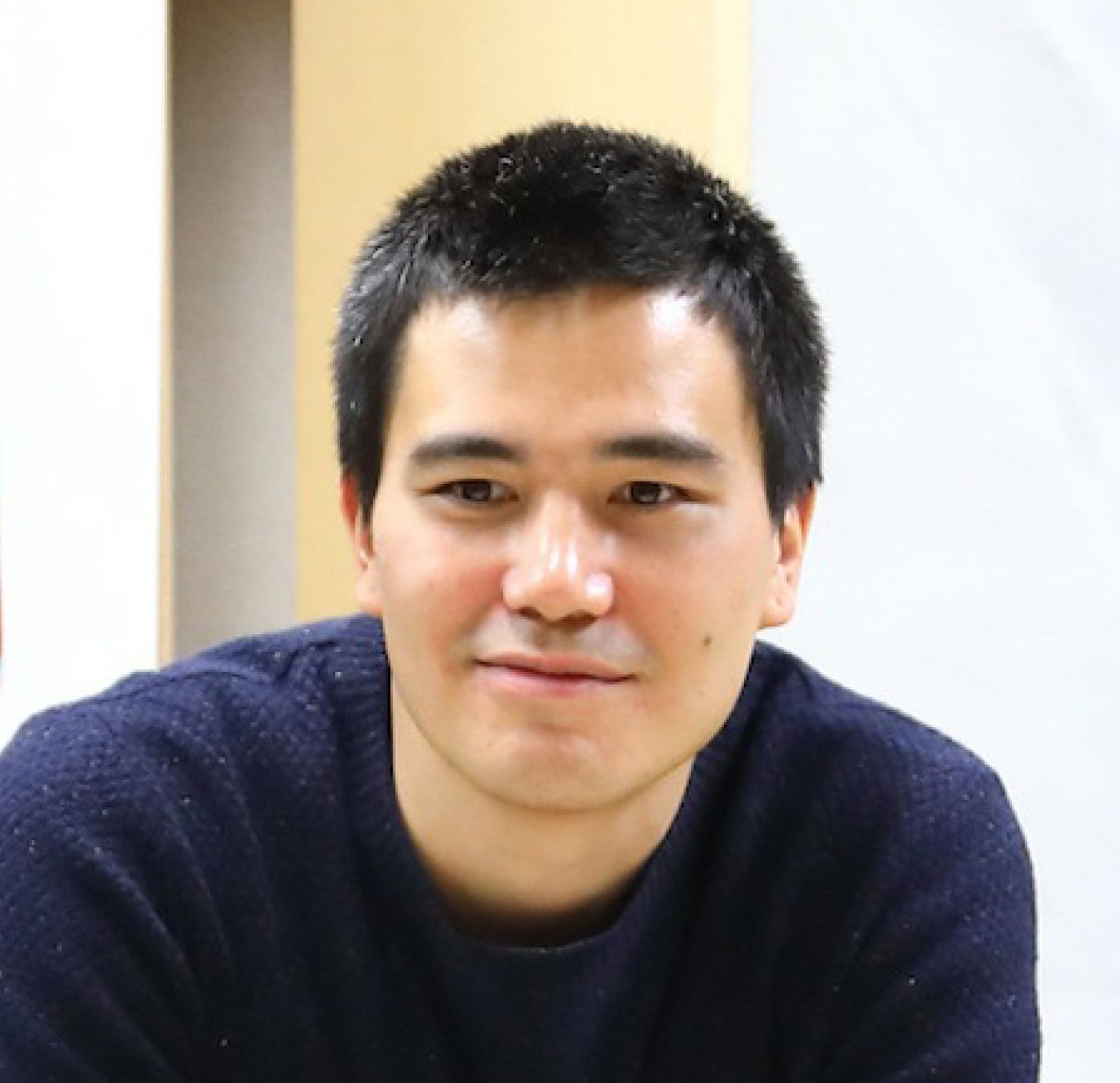Lucrezia Calabrò Visconti on At Stake
The origin of the expression “at stake” is allegedly tied to an ancient and gruesome form of entertainment that involved a tussle between a bear tied to a stake and dogs. People would place bets, although on what exactly is unclear: It could have been on the dogs being killed, how long the bear would last or a combination thereof. Regardless, the gamblers’ money was described as “at stake”, literally referring to the pale the bear was connected to. The phrase has endured through today to describe a situation in which something valuable might be lost. Often used as a synonym for precariousness, “being at stake” better reflects the rampant financialisaton of life that characterises the current moment and the state of contemporary culture within it. It differs from the word “precarious” (which was originally meant to define something that was gained through prayer; prex/precis
in Latin) in that the condition of being at stake doesn’t refer to an asymmetric power relationship between two subjects, but rather to an unpredictable power dynamic with different interests at play – and one in which those who benefit from the whole operation remain safely concealed. It is no coincidence that the term “stake” is widely used in the lingo of financial speculation and that “staking” is one of the main acts carried out to accumulate and maintain cryptocurrencies.
In the past months, the reassessment of priorities urged by the pandemic and the forced relocation of most activities to digital interfaces brought the concept of “feeling at stake” to a new level, fuelling the presentiment that our avatars and their virtual lives would become the only guarantee of maintaining their IRL equivalents. The cultural sector was not exempt from this feeling, which pushed institutions and art workers alike to employ modes of self-preservation – the chaotic over-production of online content being one of them. At the same time, the arts sector was also called out for its complicity in the very structure enabling that status quo. The unheimlich marriage between the dematerialisation of art and the deregulation of finance failed to create new systems for the redistribution of wealth, ultimately reproducing a doped, shinier version of the old staking system; tragicomically enough, one of the most expensive NFTs ever sold is a 16-second video clip of the golden skeleton of a gummy bear, rotating in a museum-like glass vitrine. Meanwhile, cultural workers finally took to the streets, denouncing the long story of the connivance of museums and institutions with ancient and present forms of imperialism, colonialism and exploitation.
With the pandemic exposing and exacerbating pre-existing hierarchies, it was disclosed who had the privilege of being deemed worthy enough to escape the gambling ring and who did not. Here, the appropriation of the phrase “at stake” might be of help in describing the evolution of these complex power dynamics, taking as a given that no matter if you’re a dog or a bear, you’re still not the one who is profiting from the game.

Lucrezia Calabrò Visconti is a curator and art writer living in Turin, Italy, where she has worked for the Fondazione Sandretto Re Rebaudengo since 2018. She has curated exhibitions and public programmes for Daelim Museum, Seoul (2020); Artissima, Turin (2019); Fondazione Baruchello, Rome (2019); De Appel and Stedelijk Museum, Amsterdam (2017); among others. In 2018 she was the curator of the 6th Moscow International Biennale for Young Art and she held the position of Curator of the New Entries section of Artissima in 2018 and 2019. She is currently the Vice-President of AWI – Art Workers Italia.

